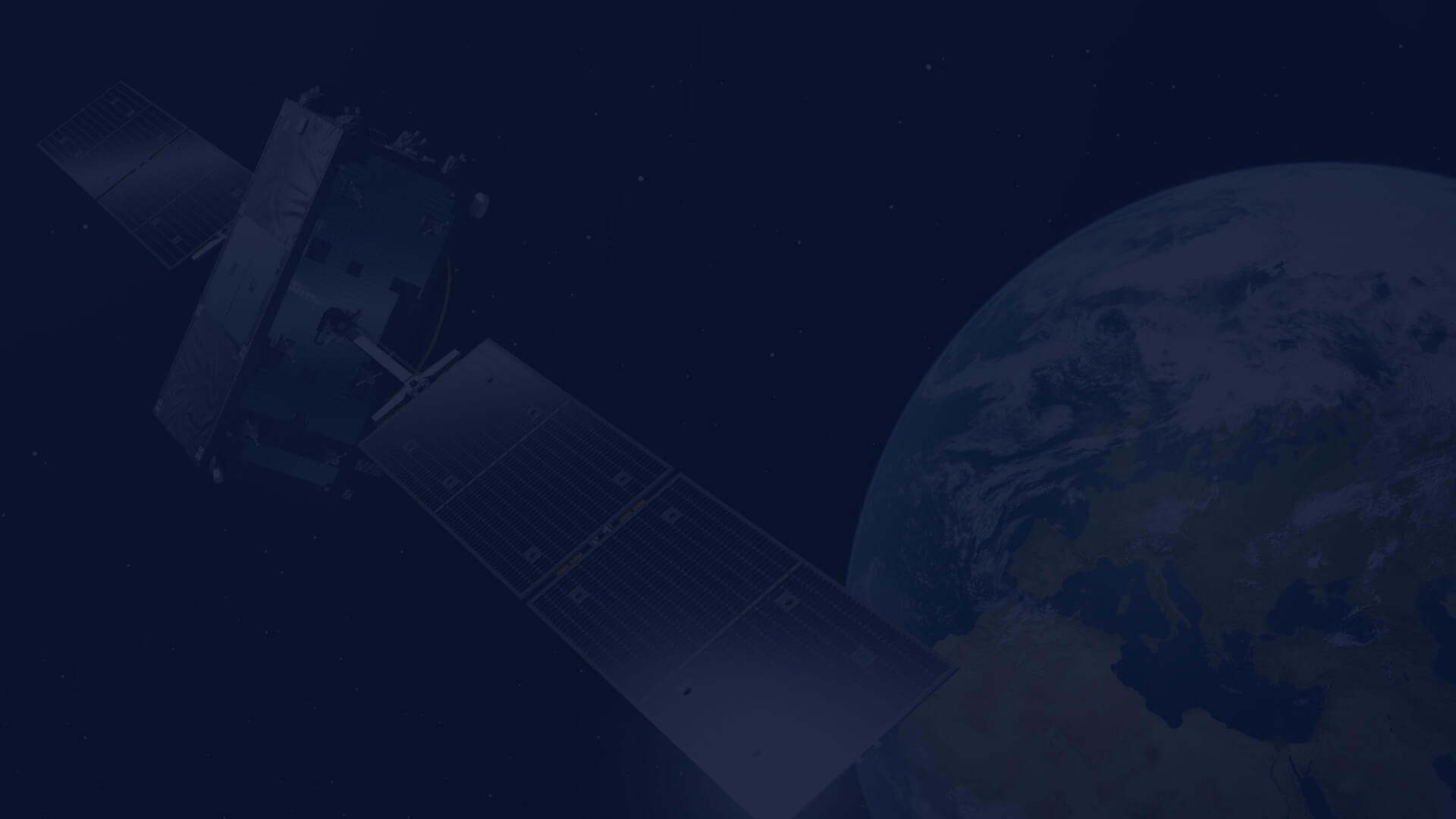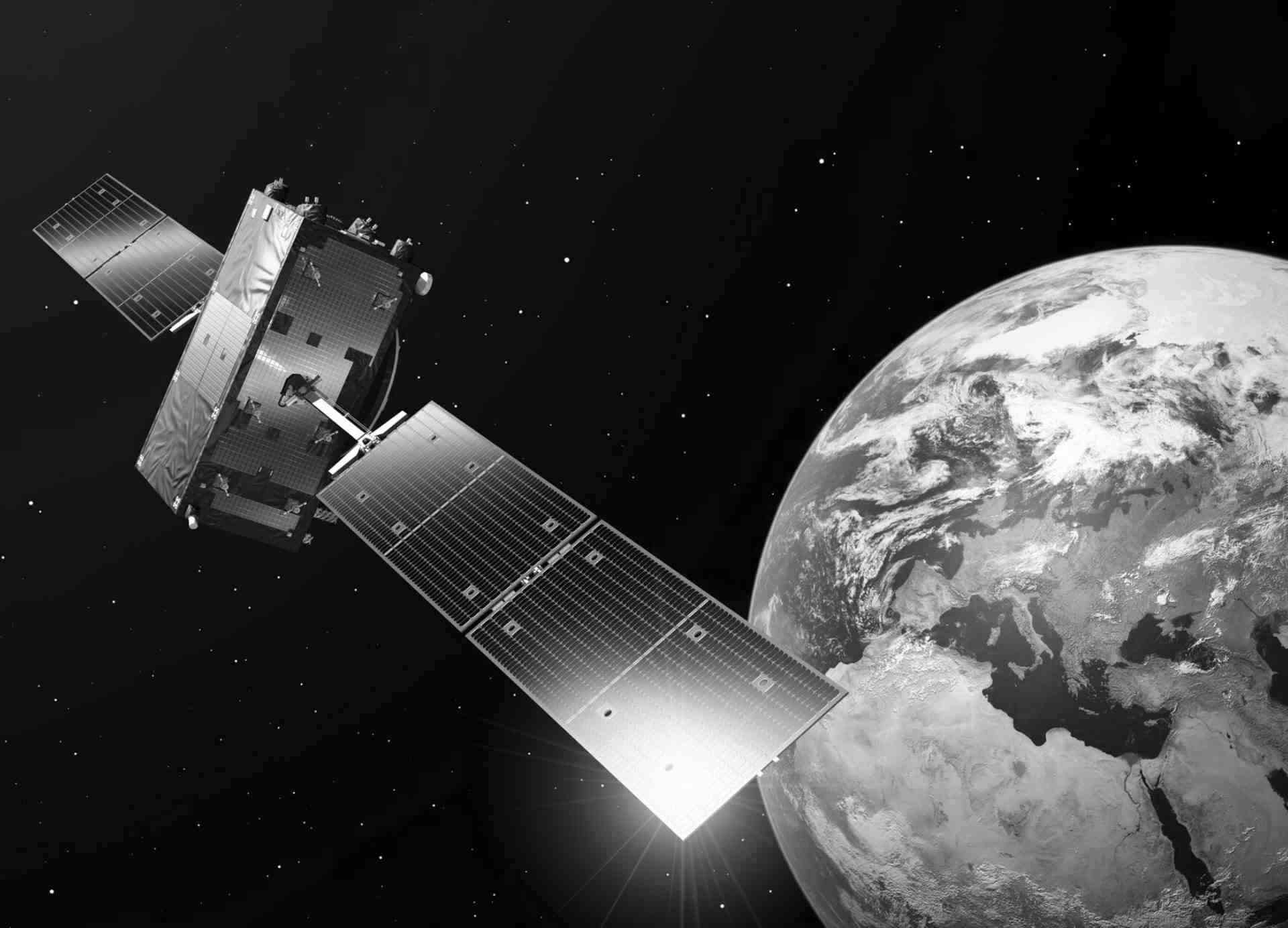Old but gold - historical EO data immediately available and widely used on CREODIAS
The availability of Earth observation data supports research conducted by scientists from around the world. In that matter, access to historical EO data is particularly invaluable. It provides better knowledge and understanding of the processes affecting our planet, not mentioning the significant impact it has on the direction of the downstream space technology market. Considering the vast and constantly growing amount of data it is crucial to utilize technologies that make researching and analyzing these data faster. This is where the ESA’s CREODIAS platform comes to play.
Historical satellite data needed
Earth Observation technology dates back to the early days of avionics, although it's also worth noting that there have been attempts in this field to use, for example, birds, to which cameras were mounted, hoping that a photo taken with a self-timer would yield any valuable information.
However, EO quickly evolved, and with the development of space technology and satellites being launched to study our planet, it was given an unprecedented opportunity for development.
As a result, today we can receive and analyze a tremendous amount of satellite data from anywhere on Earth.
But what if we want to analyze current data and compare it with historical ones?
We need to have immediate access to the historical satellite data resources and extract the information of interest. Such an opportunity, unique in the field of Earth Observation, is offered by CREODIAS, a platform that combines a public cloud, access to a repository of satellite imagery, and applications that allow users to search, view, and process satellite products.
CREODIAS's Earth Observation data repository includes, among others, full Sentinel satellite data sets, as well as Landsat and Envisat products.

Sentinel missions
The Sentinel missions, whose data we can process on the CREODIAS platform, have been revolutionizing Earth observation since 2014, providing publicly available data with an unprecedented combination of high spatial resolution and frequent observation. These data are widely used in many fields of research such as environmental analysis, atmospheric composition, climate change impact, risk management, logistics, agriculture monitoring, urbanization as well as monitoring of warfare-related environmental losses, as can be seen very clearly, in the recently launched Earth Observation for Ukraine (EO4UA) initiative.
Power of DIAS platforms
CREODIAS is one of the most widely used platforms for EO information. Data processing is a fundamental step in the value chain offered by the infrastructure, which offers an OpenStack cloud platform with big-data support for processing, a full set of virtual machines, and uniquely among other public clouds - available instantly and locally - a satellite data resource of more than 30 petabytes.
Historical data available immediately
There are many projects that require not only the latest Earth observation data available online but also immediately available historical collections- says dr Jędrzej Bojanowski, Data Science Manager at CloudFerro.
Firstly, this is necessary if environmental changes (on land - natural and anthropogenic, in the oceans, in the atmosphere, etc.) over time are observed - both between single moments in time and when observing long-term trends, including those related to global warming. Secondly, historical data are needed to train and evaluate machine learning models that are used to extract information from satellite imagery. Thirdly, a long data series is needed to develop methodologies for assimilating satellite data into various models (weather, climate change, land-atmosphere, ocean-atmosphere interactions, and many others). Finally, it should be noted that to provide measurements of physical quantities satellite imagery need to be calibrated with the ground. Such calibration performed on multi-year data is much more accurate- adds the expert.All necessary data can be accessed by CREODIAS users at any time without any delays or restrictions. Over the past quarter, they made more than 3 billion queries, and the importance of historical data in the analyses they perform is evidenced by the fact that more than 60% of searches are for data older than 2 years.
When searching for this data, platform users transferred more than 10 petabytes of data. This means that the entire repository is an extremely valuable resource for researchers who use all possible resources from recent years for their analyses.
CREODIAS advantages
CREODIAS is a platform that combines a public cloud, access to a repository of satellite imagery, and a range of applications that allow users to search, view, and process satellite products. The structure of the environment gives users access to diverse remote sensing data and computing resources for its processing, thus guaranteeing simplicity, scalability, and repeatable processes and production chains.

